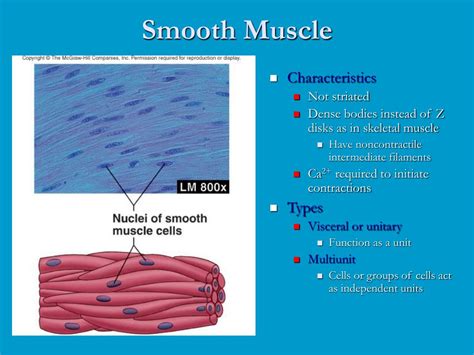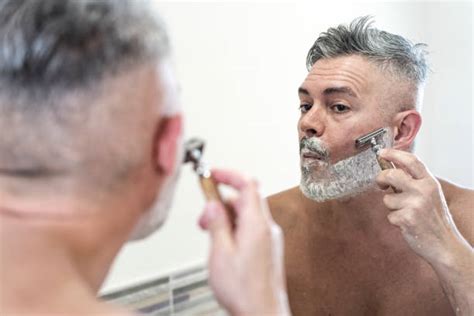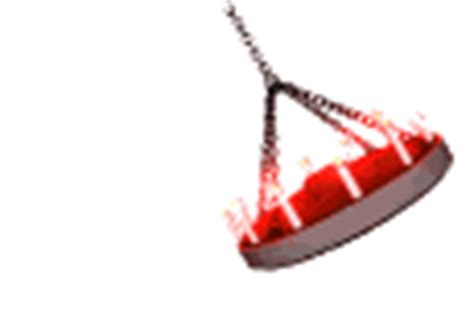How to eliminate ingrown hairs for a consistently sharp, professional appearance?

Ingrown hairs can be a persistent nuisance, marring an otherwise perfect complexion and undermining a sharp, professional appearance. Whether you shave, wax, or pluck, these unwelcome bumps can lead to irritation, redness, and even infection, leaving you feeling less than confident. The good news is that with the right approach, you can effectively prevent and treat ingrown hairs, ensuring your skin remains smooth, clear, and ready for any professional setting.
Understanding Ingrown Hairs
An ingrown hair occurs when a hair, instead of growing outward from the follicle, curls back or grows sideways into the skin. This can happen when hair is cut or removed, and the new growth struggles to emerge properly. The body often perceives the trapped hair as a foreign object, triggering an inflammatory response that results in red, itchy, and sometimes painful bumps, often with a visible hair trapped underneath.

Common Causes of Ingrown Hairs
Several factors contribute to the formation of ingrown hairs. Understanding these can help you better target your prevention strategies:
- Improper Hair Removal: Shaving too closely, using dull razors, or shaving against the grain can create sharp, pointed hairs that are more prone to re-entering the skin. Similarly, waxing or plucking can sometimes leave hair fragments that curl back.
- Hair Type: People with coarse, curly hair are more susceptible to ingrown hairs because their hair naturally tends to curl back towards the skin.
- Skin Accumulation: Dead skin cells and oil can clog hair follicles, creating a barrier that prevents new hairs from growing out normally, forcing them to grow inward instead.
Proactive Prevention Strategies for Smooth Skin
Prevention is key to maintaining a consistently clear complexion. Incorporating these steps into your routine can significantly reduce the occurrence of ingrown hairs:
1. Prepare Your Skin Thoroughly
Before any hair removal, it’s crucial to prepare your skin. Start by washing the area with a mild cleanser and warm water. This softens the hair and opens the pores. Gentle exfoliation, either with a physical scrub or a chemical exfoliant (like salicylic or glycolic acid), can remove dead skin cells that might trap hairs. Do this a day before hair removal, not immediately before, especially if using a physical scrub.
2. Master Your Shaving Technique
If shaving is your preferred method, refining your technique is paramount:
- Use a Sharp, Clean Razor: Dull blades tug at hair, causing irritation and uneven cuts. Replace your razor blade after 5-7 uses.
- Apply Shaving Cream/Gel: A good quality shaving cream or gel lubricates the skin, allowing the razor to glide smoothly. Let it sit for a minute or two to further soften hairs.
- Shave With the Grain: Always shave in the direction your hair grows to minimize irritation and reduce the risk of hairs curling back.
- Rinse Blade Frequently: Clean your razor after every few strokes to prevent clogging.
- Avoid Over-Stretching Skin: Pulling the skin taut can cause the hair to retract further into the follicle when released, increasing the chance of ingrown hairs.

3. Implement Post-Shave Care
After hair removal, rinse your skin with cool water to close pores and pat dry with a clean towel. Apply a soothing, alcohol-free aftershave balm or moisturizer. Look for products containing ingredients like aloe vera, witch hazel, or salicylic acid (in a gentle concentration) to calm skin and prevent inflammation. Avoid heavy, oil-based products that can clog pores.

Effective Treatment for Existing Ingrown Hairs
If an ingrown hair does appear, resist the urge to pick or squeeze it, as this can worsen inflammation, lead to infection, and cause scarring. Instead, follow these steps:
- Apply Warm Compresses: Place a warm, damp cloth over the area for 5-10 minutes several times a day. This helps to soften the skin and encourage the hair to emerge.
- Gentle Exfoliation: Once the hair begins to emerge, very gently exfoliate the area with a soft washcloth or a mild chemical exfoliant to help free the hair.
- Sterile Extraction (if necessary): If the hair is visible and very close to the surface, you can carefully free it using sterilized tweezers or a needle. Do NOT dig for the hair if it’s deeply embedded.
- Topical Treatments: Over-the-counter creams containing salicylic acid, glycolic acid, or hydrocortisone can reduce inflammation and help shed dead skin cells.
- Seek Professional Help: If an ingrown hair is persistent, painful, or shows signs of infection (pus, increased redness, swelling), consult a dermatologist. They can safely extract the hair and prescribe stronger treatments if needed.

Maintaining a Consistently Sharp Appearance
Eliminating ingrown hairs is an ongoing process that requires consistency. By integrating these prevention and treatment methods into your regular grooming routine, you’ll not only minimize unsightly bumps but also improve overall skin health. Remember, a smooth, clear complexion is a hallmark of a polished and professional individual, allowing your confidence to shine through without distraction.

Conclusion
Ingrown hairs don’t have to be an inevitable part of your grooming journey. By understanding their causes, adopting proper hair removal techniques, and committing to a consistent skincare regimen, you can effectively banish these nuisances. Embrace these strategies to reveal clearer, healthier skin and maintain that sharp, professional appearance you desire.








